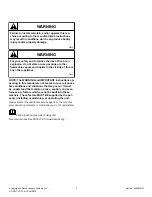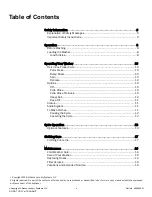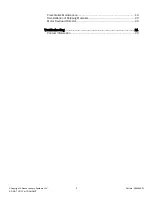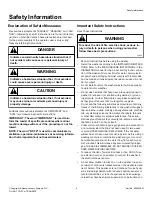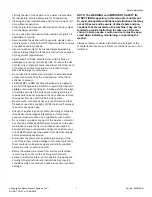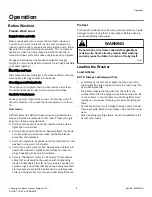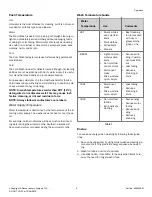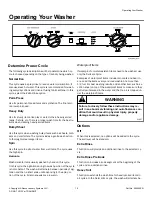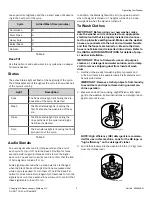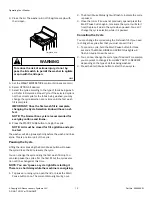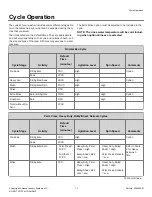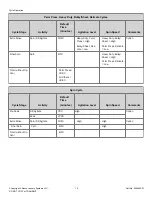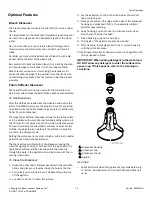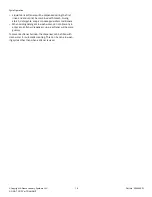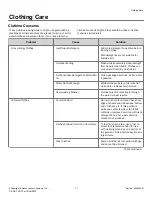
Operation
Before Washing
Prepare Wash Load
Empty Pockets and Cuffs
Make sure all pockets are empty and turn them inside out.
One bobby pin, metal or plastic toy, nail or sharp object in a
load can catch laundry, cause tears and plug the pump. Facial
tissue left in a pocket will produce extreme “lint”. A crayon or
lipstick in a wash load may cause stains that cannot be re-
moved. Roll down cuffs and shake out grass, sand and gravel.
Strings on clothing such as hooded sweatshirts may get
caught in or around the agitator. Remove the strings if possible
or tie them together.
Mend Rips and Tears
Little holes can become bigger in the washer. Mend holes and
tears before placing garments in the washer.
Close Zipper and Fasten Hooks
These can catch on garments in a wash load and tear them.
Tie belts and sashes so they won’t wind around clothes.
Check For Colorfastness
Squeeze a portion of garment in warm or hot sudsy water. If
the color bleeds or runs, wash the item separately in cold wa-
ter.
Sort Items
Different items use different wash cycles and temperatures.
Always follow the manufacturer’s care label. Proper sorting is
easy if you follow a few guidelines:
1. Sort by Color: Separate items into loads of whites, darks,
lights and non-colorfast.
2. Sort by Fabric and Construction: Separate items into loads
of cottons/linens, permanent press, synthetics/blends/
poly knits, and delicates.
3. Sort by Temperature: Separate items into loads that can be
washed in cold, warm or hot water.
4. Sort by Type and Amount of Soil: Heavily soiled clothes will
need extra treatment. Lightly soiled clothes can become
dingy if washed with heavily soiled items.
5. Sort Lint “Shedders” From Lint “Receivers”: Some fabrics
attract lint and should not be washed with lint-shedding
loads. Lint shedders are cottons, terry towels, chenille bed-
spreads, rugs and clothes that have been heavily bleached.
Lint receivers are synthetics, permanent or durable press,
knits (including socks), corduroy, and other smooth fabrics.
Pretreat
Pretreat shirt collars and cuffs with a pretreat product or liquid
detergent when placing them in the washer. Before washing,
treat special stains individually.
WARNING
Do not wash or dry items soiled with vegetable or
cooking oils. Some oils may remain after washing
and may cause the fabric to catch on fire by itself.
W527
Loading the Washer
Load Articles
NOTE: Always add detergent first.
• Load items by the amount of space they take up, not by
their weight. Mix large and small items in a load to get the
best washing results.
• Drop items loosely into the washtub. The bulk of the
clothes rather than the weight will determine load size. Do
not pack items in or wrap them around the agitator. Over-
loading can cause poor cleaning, excessive wrinkling and
tears.
• Items should move freely through the wash water for best
cleaning results. Items should rollover, sink and then reap-
pear.
• When washing very large items, do not fill washtub as full
as with other loads.
Operation
©
Copyright, Alliance Laundry Systems LLC -
DO NOT COPY or TRANSMIT
8
Part No. 204954EN
Summary of Contents for TC5102WN
Page 2: ......



